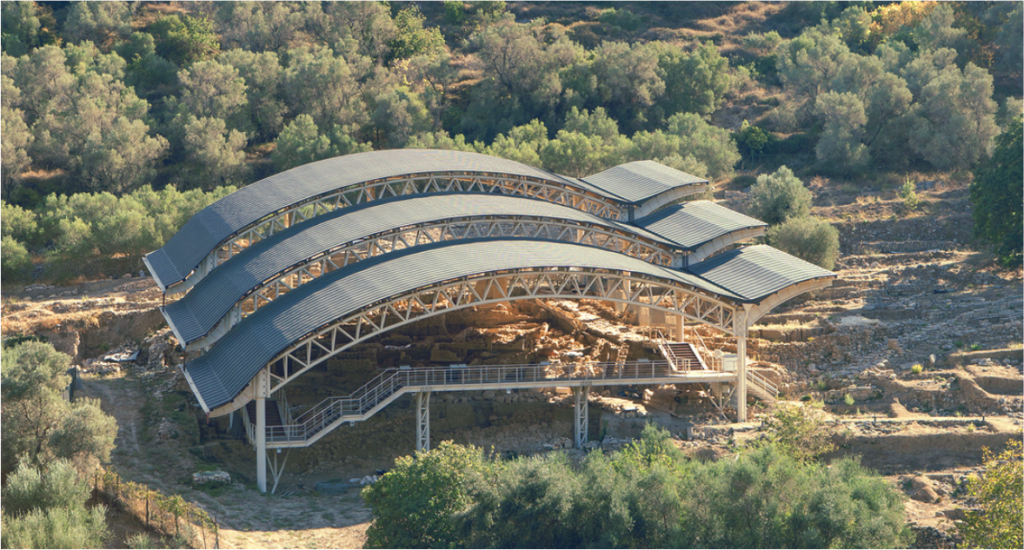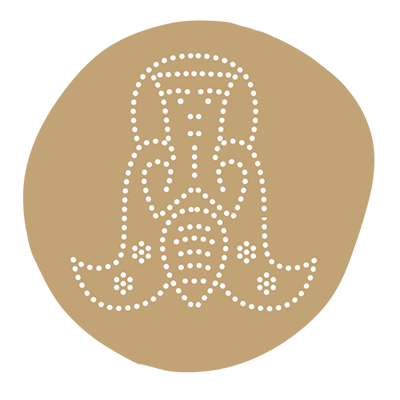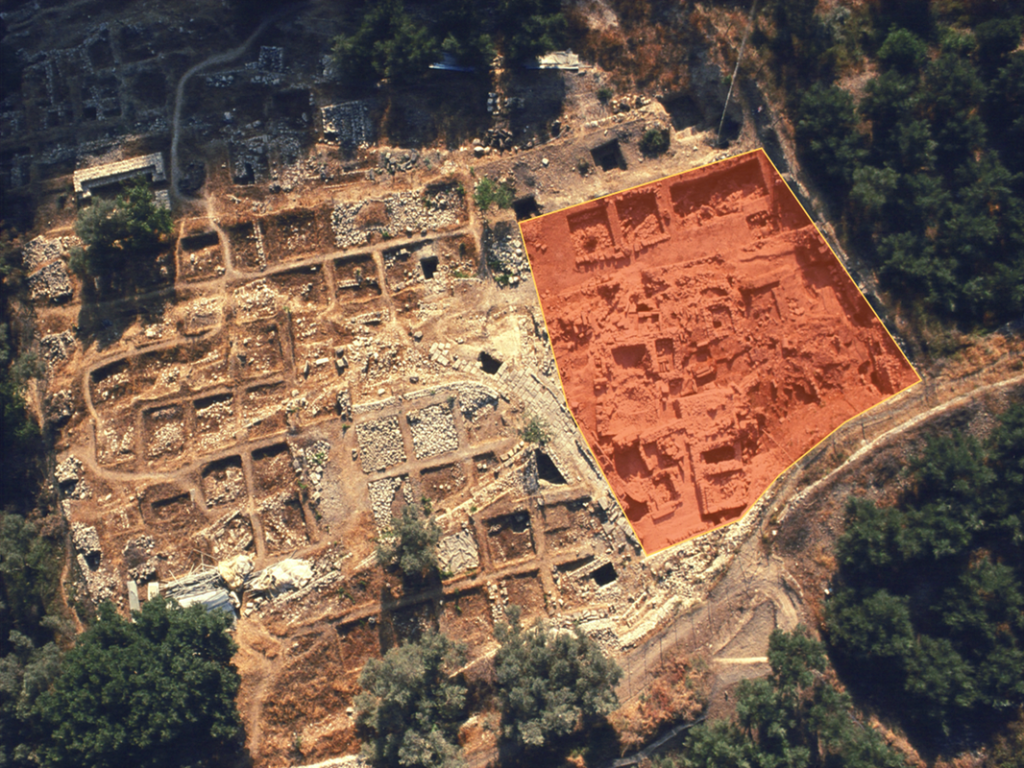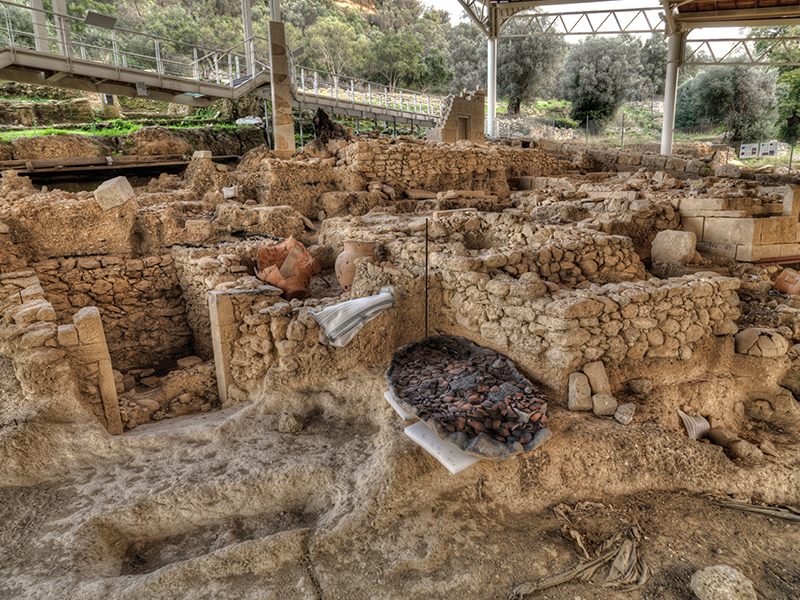
Klotho, Lachesis, Atropos … the triptych of ancient Greek beliefs on life and death. How does one write the history of life and death in a Cretan locale in the years following the formation and narration of the Homeric poems? How much light can the excavation of a cemetery shed upon the darkness of time? How wide can one open the curtains of time and speak of that part of life that begins with the ritual of the jar-burial, burial in a simple pit, or cremation? In fact, how eloquently can a place of silence, such as a cemetery, speak of the practices, customs and beliefs of the deceased and their relatives at a personal, both private and public, level, of their health and illnesses, their daily activities, and, ultimately, of their perception of themselves and others?
On the west slope of Prines hill, the Orthi Petra cemetery – through its excavation and documentation, the conservation and publication of the finds, and finally, the conservation of the site itself – is a well-written book, one that is easy to read. Burial practices at Orthi Petra include inhumation and cremation in their many variants (jar-burials, simple burials, etc.) and a wealth of grave gifts.
Among the most important and impressive finds at Orthi Petra is the funerary pyre ΛΛ/90-91, which dates to the late eighth century (730-710) BC. It belonged to a warrior, a prominent member of the local community, who was cremated at the age of approximately 30.
In the northwest of the pyre lay the headless body of a stout 30 to 40 year old man, contorted in an unlikely position and deprived of grave gifts, probably a captured enemy, who was executed before the warrior’s pyre as an act of retribution. This burial is the first instance where archaeological evidence corroborates the Homeric description (Iliad, Book XXI) of Patroclus’s pyre and the killing of twelve Trojan captives in his honour.
Another important feature is Building M, the burial place of four women (aged 70-72, 28, 16, and 13) of a prominent Eleuthernian family, the oldest of which held an important place in local society, as suggested by grave gifts characteristic of her aristocratic lineage and priestly role.
Other rich burials of warriors and other Eleuthernians portray a society very close to that described by Homer: wealthy and extroverted, with frequent and close contacts with the outside world, as indicated by the many artefacts that reached Eleutherna from different places in the Aegean, Cyprus, Asia Minor, and primarily, the Near East (Phoenicia, Syria) and Egypt.
The Financial Times was the first newspaper to report on the excavations at the Orthi Petra cemetery, long before the Greek media informed the public on the warrior princes, the aristocratic priestesses, and the other impressive burials. This funerary assemblage placed Eleutherna among the top 10 archaeological sites for 2009-10 according to the magazine Archaeology.




